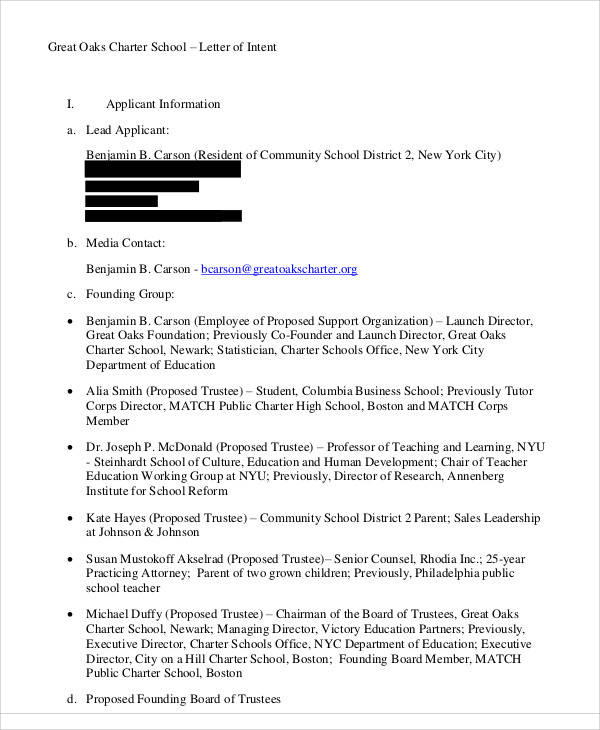
Army Pa Program Letter Of Intent
Letter of purpose and intent to apply to the US Army's Interservice Physician Assistant Program - Admission/Application Essay Example Comments (0) Add to wishlist Delete from wishlist.
Heroes and generals chiti na denjgi 2. The Accreditation Review Commission on Education for the Physician Assistant The Accreditation Review Commission on Education for the Physician Assistant (ARC-PA) has granted Accreditation-Continued status to the Interservice Physician Assistant Program sponsored by the U.S. Army Medical Department Center and School, U.S. Army Health Readiness Center of Excellence. Accreditation-Continued is an accreditation status granted when a currently accredited program is in compliance with the ARC-PA Standards. Accreditation remains in effect until the program closes or withdraws from the accreditation process or until accreditation is withdrawn for failure to comply with the Standards.
The approximate date for the next validation review of the program by the ARC-PA will be September 2025. The review date is contingent upon continued compliance with the Accreditation Standards and ARC-PA policy. Mission Statement To provide the uniformed services with highly competent, compassionate physician assistants who model integrity, strive for leadership excellence, and are committed to lifelong learning Vision Statement To be recognized as the world-class leader in physician assistant education Core Values •. STRESS MANAGEMENT: The ability to identify sources of stress and to develop effective coping behaviors. All students must understand the significance of the above and how academic success is predicated on mastery of understanding and application throughout this program and career as a PA. History of the Physician Assistant The profession of 'Physician Assistants' has only been recognized since 1966.
The lack of medical doctors in both the military and civilian health care systems led to the development of the Physician Assistant. In a 1961 article in the Journal of the American Medical Association, Hudson first broached the subject of the 'extern.' This 'extern' would be responsible for most of the technical procedures and some of the medical responsibilities of the medical doctor under whom they would work. Eugene Stead, chairman of the Department of Medicine at the Duke University Medical Center in Durham, North Carolina in 1965, developed the first Physician Assistant program. Using four ex-Navy corpsmen, the two-year Physician Assistant program began. The curriculum was based on the fast-tracking of a doctor`s program developed during World War II.
In this program the first nine months were spent on sciences and clinical skills. The next 13 months were spent doing clerkships in a variety of hospital clinics. The final two months were spent with their preceptor learning their professional skills.
The Public Health Service at Staten Island Hospital developed one early program. The merchant marines began a nine-month training program for purser mates (the people in the merchant marines responsible for overseeing ships` documentation and customs declarations, as well as medical care) in 1966. At the University of Washington, Dr. Richard Smith designed a program called MEDEX (Medicine Extension) to train former military medics to service areas of Washington State that were lacking in medical personnel. This program required three months of concentrated study and 12 months of preceptorship with University medical doctors.